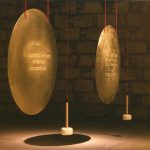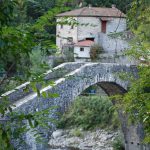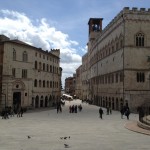The city of organs, the city of music.
The jewels of Pistoia
The Italian capital of the culture for 2017!
by Margherita Giorgi
Pistoia, that has been chosen as the Italian capital of the culture for the 2017, is under the spotlight for better and for worse. The positive aspect is that in Pistoia every corner has its historical and artistic importance, also at high levels. The negative one is that the city is facing a controversial moment, oscillating between the opportunity to become an international welcome center, and the risk to be compromised by those provincial dynamics that are also part of its identity. Only time can say which side will prevail and how will be taken the challenge up in representing Italy in the narration of its boundless heritage.
Piazza del Duomo
One of the most beautiful squares of Europe, center of the political and religious power of the city, is surrounded by many buildings with an high artistic and architectural valour.
Coming from Via degli Orafi you can admire the Palace of the Municipality (1200), and the bell tower, one of the most beautiful of Italy, whose superior side was created by the sculptor and architect Giovanni Pisano. In front of the Palace, at the other side of the square, there is the Palazzo Pretorio, erected in the second half of 1300, and still today courthouse headquarter. The real jewel of the square is the Saint Zeno Cathedral, where is conserved the altar of Saint Jacopo, the patron of Pistoia. Exposed in the Chapel, the altar is made of silver leafs and was realised between 1287 and 1456 by some of the most important goldsmiths and artists of the age. Among them stand out Giovanni Pisano and Filippo Brunelleschi. A real treasure.
The Cathedral is flanked by the Episcopal Palace, which today houses a museum that you have to visit and that conserves, among the other things, the stratographic excavation of the city. Finally, the Baptistery of San Giovanni in Corte of the XIV century with an octagonal plant, designed by the very famous Nicola Pisano, decorated with the alternation of green-white marbles, typical of the Romanic style of the city.
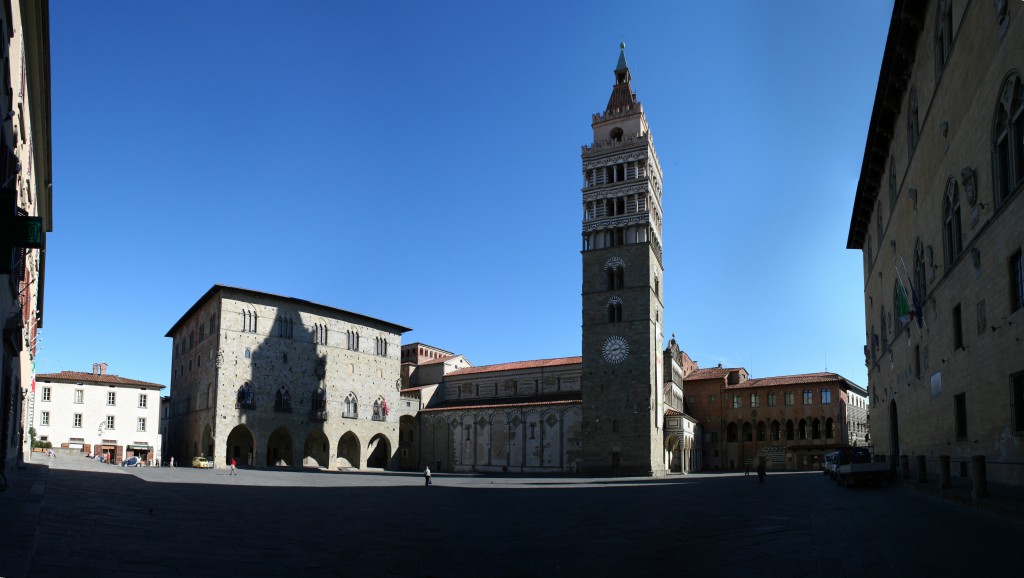
Piazza del Duomo, photo by Flickr User The Nino
San Giovanni Fuorcivitas
Among the churches of Pistoia two are probably the most important from the historical and artistic point of view. One is the S. Andrea church, the other is, without doubt, S. Giovanni Fuorcivitas.
An extraordinary example of Romanic art in Tuscany, this church has very ancient origins. Since his name suggest a location outside the first walls, S. Giovanni Fuorcivitas was probably built during the Lombard domination. The portal architrave, that represents the Last supper, was sculpted and signed by the master Gruamonte, and is a sort of anticipation to the numerous treasures conserved in the church.
First of all The Visitation, made of glazed and painted terracotta, the first example of Luca Della Robbia‘s famous technique. This artwork represents an old Elisabetta on her knees at the presence of the Virgin that reciprocates her with an intimate and familiar gaze of an extraordinary intensity. Also the marble font in the middle of the central nave, attribuited to Nicola Pisano, is a great quality work. The pulpit, located in the south wall of the church, was realized by Fra Guglielmo and, probably, Arnolfo di Cambio. San Giovanni Fuorcivitas is furtherly adorned by the polyptych in the presbytery. It was painted by Taddeo Gaddi and represent the Virgin with her child and S.Jacopo, Pietro, Giovanni Baptist and Giovanni Evangelist.
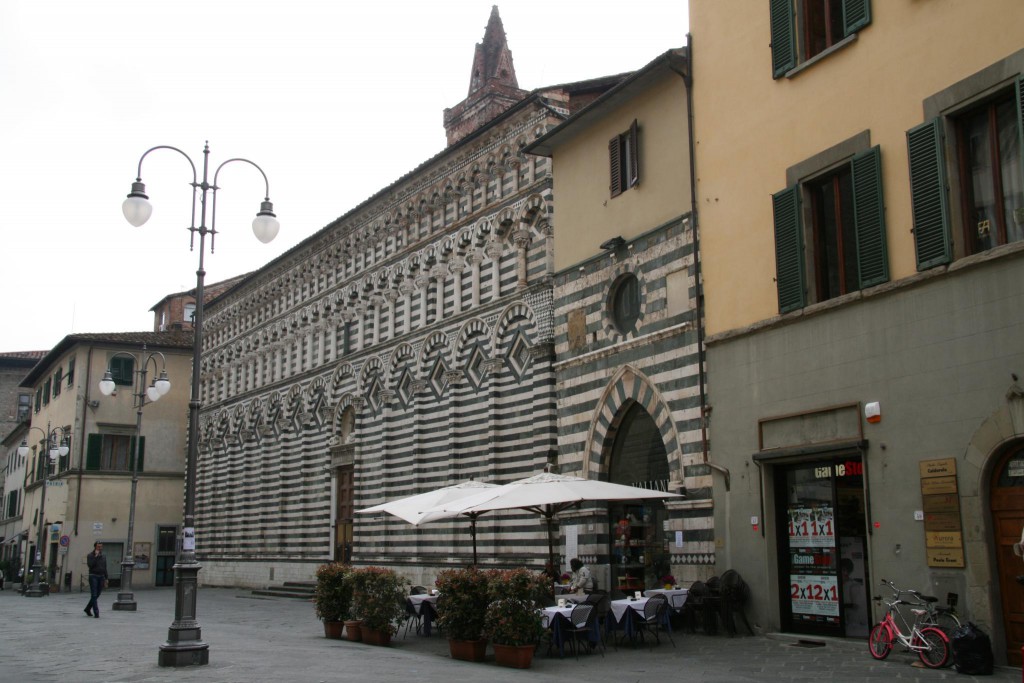
San Giovanni Fuorcivitas, photo by Flickr user Fred
Sant’Andrea
This church of the VII century was renovated in the current aspect around the XII century. The portal’s architrave was sculpted by Gruamonte and represents the Travel of the Magi, an unusual iconography that could be explained by the presence of the Francigena route, one of the most important medieval pilgrimage paths. But the very treasure of this church is inside: the pulpit, one of the most beautiful of the world, the masterpiece of Giovanni Pisano.
Realized between 1297 and 1301 by Giovanni Pisano, son and apprentice of the master Nicola Pisano, the pulpit has an esagonal plan with seven columns, the central one rests on three winged gryphons, two colums are supported by lions and one by the figure of Atlas. The remaining ones rest on plain bases. The parapet’s reliefs are spaced out only by the figures on the corners, an organisation that was inspired by the pulpit of Siena sculpted by Nicola Pisano.
However, what distinguishes the artistic work of Giovanni from the father’s one is the abandon of the neoclassical poses in favour of a dynamism completely innovative for that age and without any kind of comparison in the European and Italian gothic sculpture.
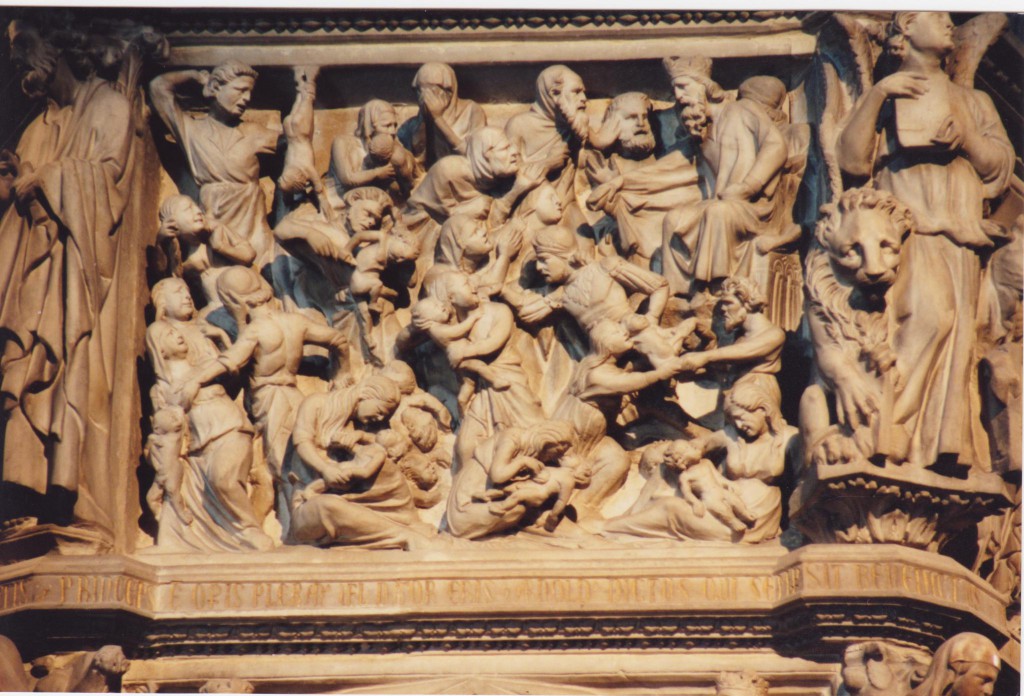
The Massacre of the Innocents, Giovanni Pisano. Photo by Flickr User peuplier
Eat something with a glass of wine
Taverns, bakeries, pubs, restaurants, winehouses…Pistoia doesn’t lack places to eat.
If you want to stay in the old town is Piazza della Sala that houses the largest number of restaurants and, above all, of small shops full of typical products of high quality. Among them stands out the BotteGaia, a small shop with its restaurant that offers many products of excellence of the localities from all over the Tuscany. This confluence of commercial activities has ancient origins: when in the Municipality age the center of the political power became Pazza del Duomo, Piazza della Sala became the economical and commercial center. The symbol of this power was the square’s market that exists still today to testify the centuries-old commercial vocation of Pistoia. Another example are the names of the city’s streets: Via degli Orafi (goldsmiths), Via dei Fabbri (blacksmiths), Via del Cacio (cheese), Piazza degli Ortaggi (vegetables)…
Is just here, among the small shops of the old town and in the old market, where all products are seasonal and fresh, that we can find another strong point of Pistoia. Is the power of the tradition, of an ancient expertise handed down during the centuries and that rests on the human relationship with the clients and on the care of the territory. An expertise that is able to wait and which now, in the agitated rythms imposed by the mass distribution, seems more and more a rare habit near to the extintion.
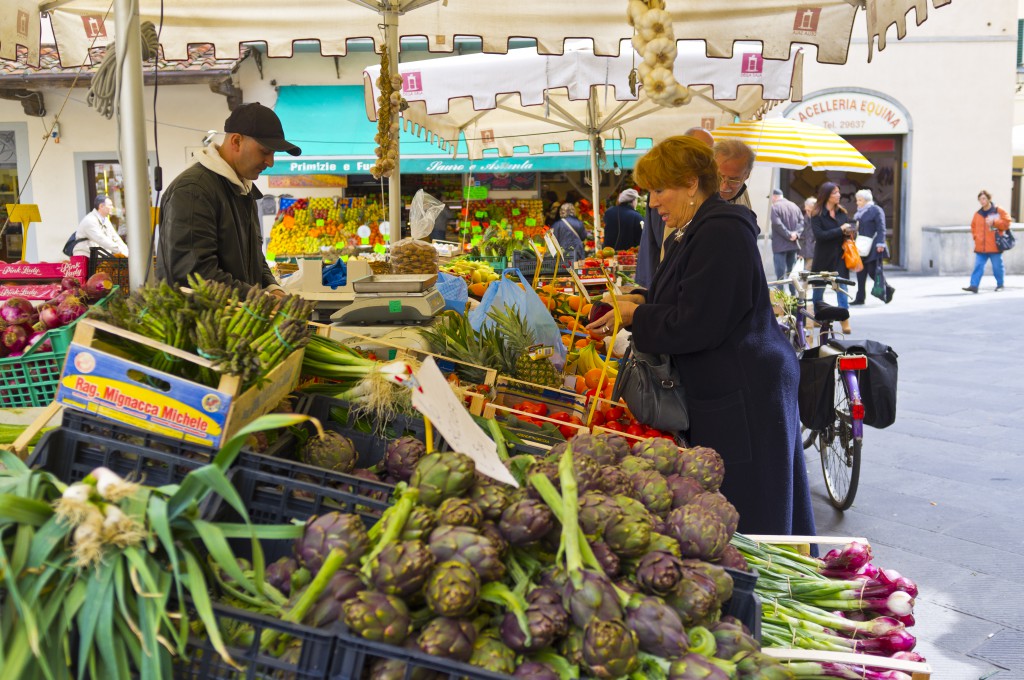
Market of Piazza della Sala, photo by Flickr User Daniel Enchev
Young people
During the day the classic hangout is the San Giorgio library, that is also one of the major libraries of all Tuscany. Just after the entrance there is a large and cheap bar with a terrace outside, a perfect place to rest between the sessions of study, and an enormous room with long tables, chairs and armchairs. At the first floor there is another large room with many compartments divided by argument, and numerous tables to study and consult the books. The glass windows let enter a lot of light for all the day and make this room a very comfortable place.
Instead, at night, when the small shops close the shutters, is time to open for the large number of pubs and bars that surround Piazza della Sala. All young people, since they prefer a more intimate and cosy way to enjoy themselves, meet up here in the weekend, from the aperitif until late night. They chat by drinking a glass of wine or a beer, instead of hiding themselves into an outlying disco pub, where the voices are overtopped by the music. While you are sitting at the table you often may bump into other friends and let them join in your group. That is what living in a small city means: everybody knows everybody and Piazza della Sala is nothing but the living room of the small, big city of Pistoia.
Margherita Giorgi
Main pic by Flickr User Franklin Heijnen

